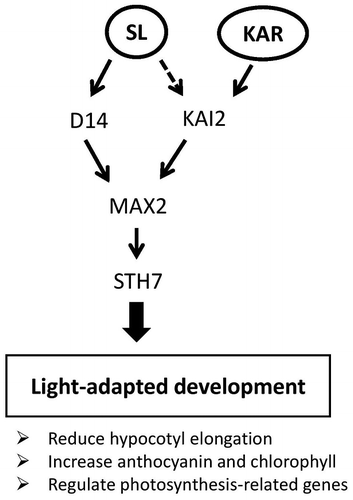Figures & data

Fig. 1. Strigolactone and karrikin inhibit the hypocotyl length of 4-day-old wild-type Arabidopsis under weak light conditions.
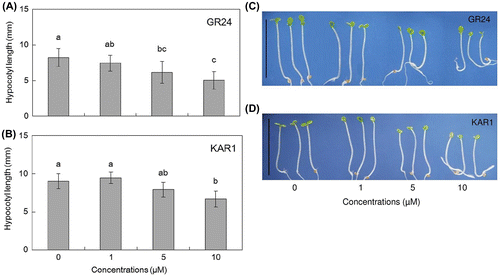
Fig. 2. Quantitative RT-PCR analysis of STH7 expression level.
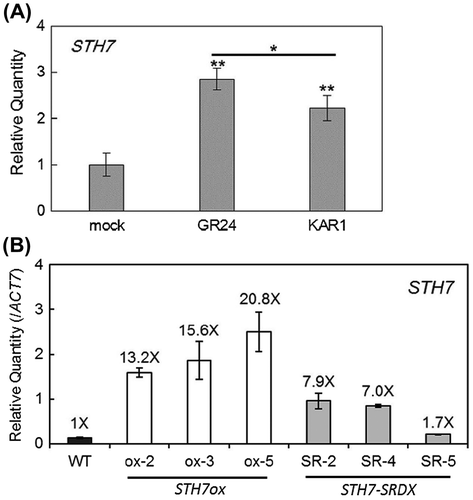
Fig. 3. Phenotype of STH7-ox and STH7-SRDX mutants.
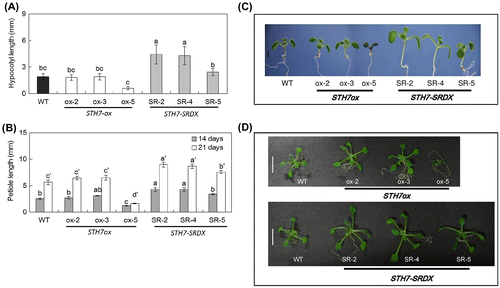
Fig. 4. Strigolactone and karrikin decrease hypocotyl elongation of STH7-ox depending on their concentrations.
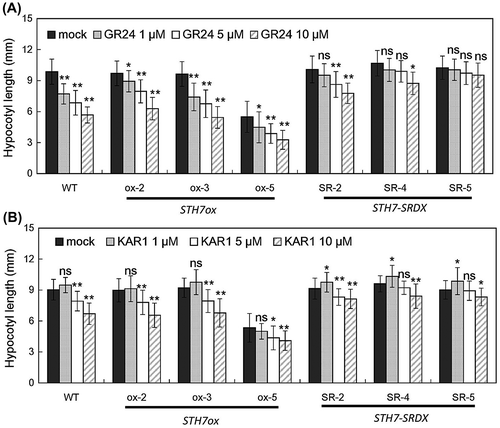
Fig. 5. Response of strigolactone and karrikin on hypocotyl elongation.
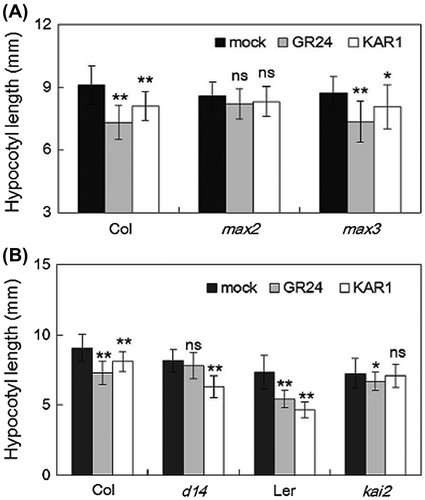
Fig. 6. Anthocyanin (A), total chlorophyll (B), chlorophyll a (C), and chlorophyll b (D) content in various STH7-ox and STH7-SRDX mutant lines.
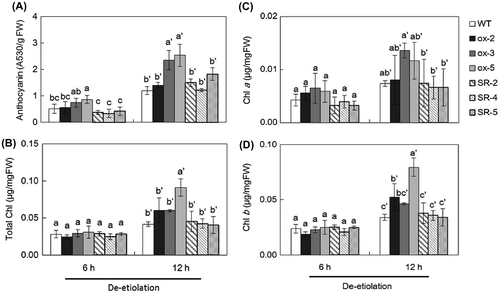
Fig. 7. Effect of strigolactone and karrikin on anthocyanin content.

Fig. 8. Quantitative RT-PCR analysis of photosynthesis-related gene expression.
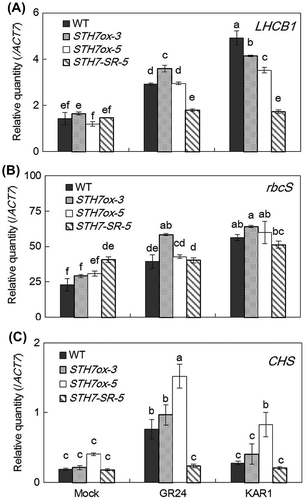
Fig. 9. Working model of strigolactone (SL) and karrikin (KAR) effects on light-adapted development or photomorphogenesis.
